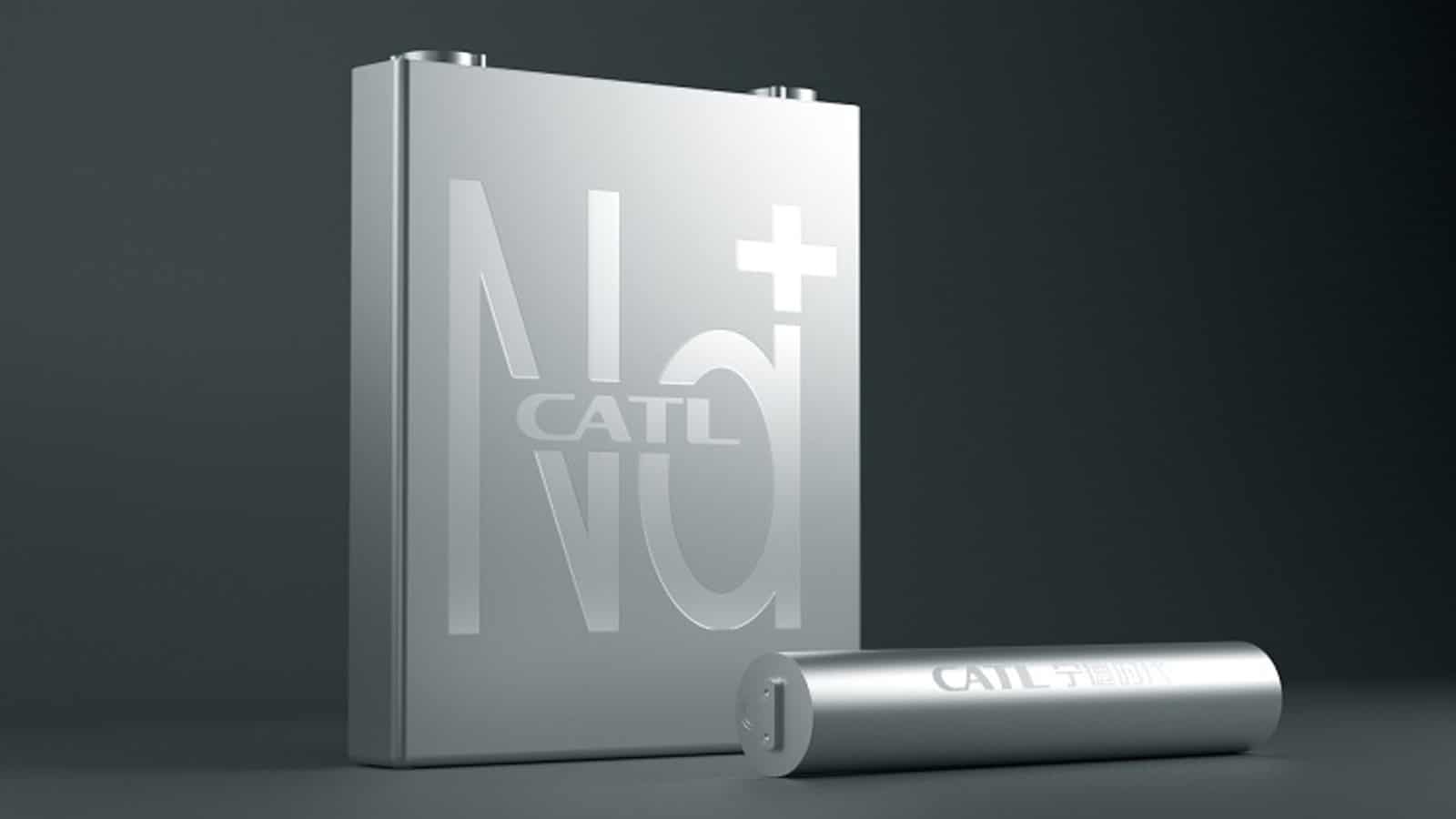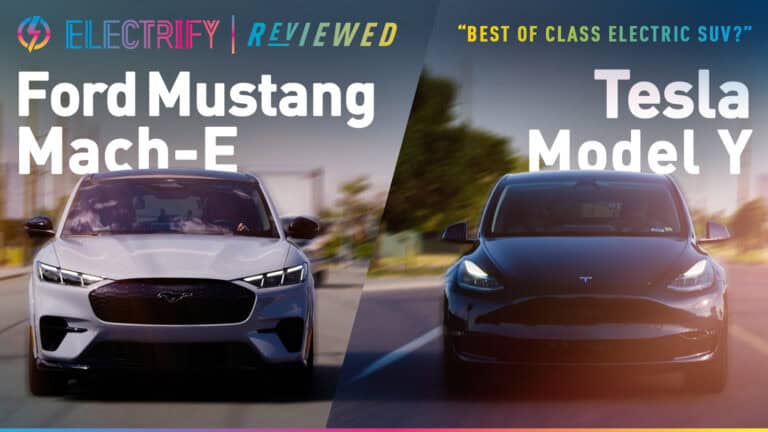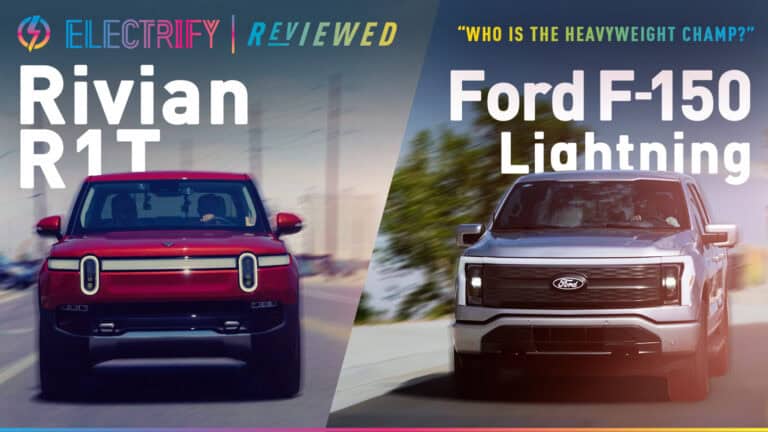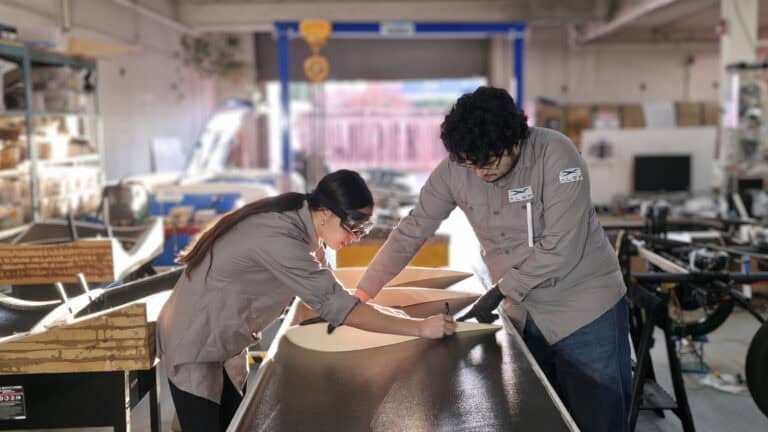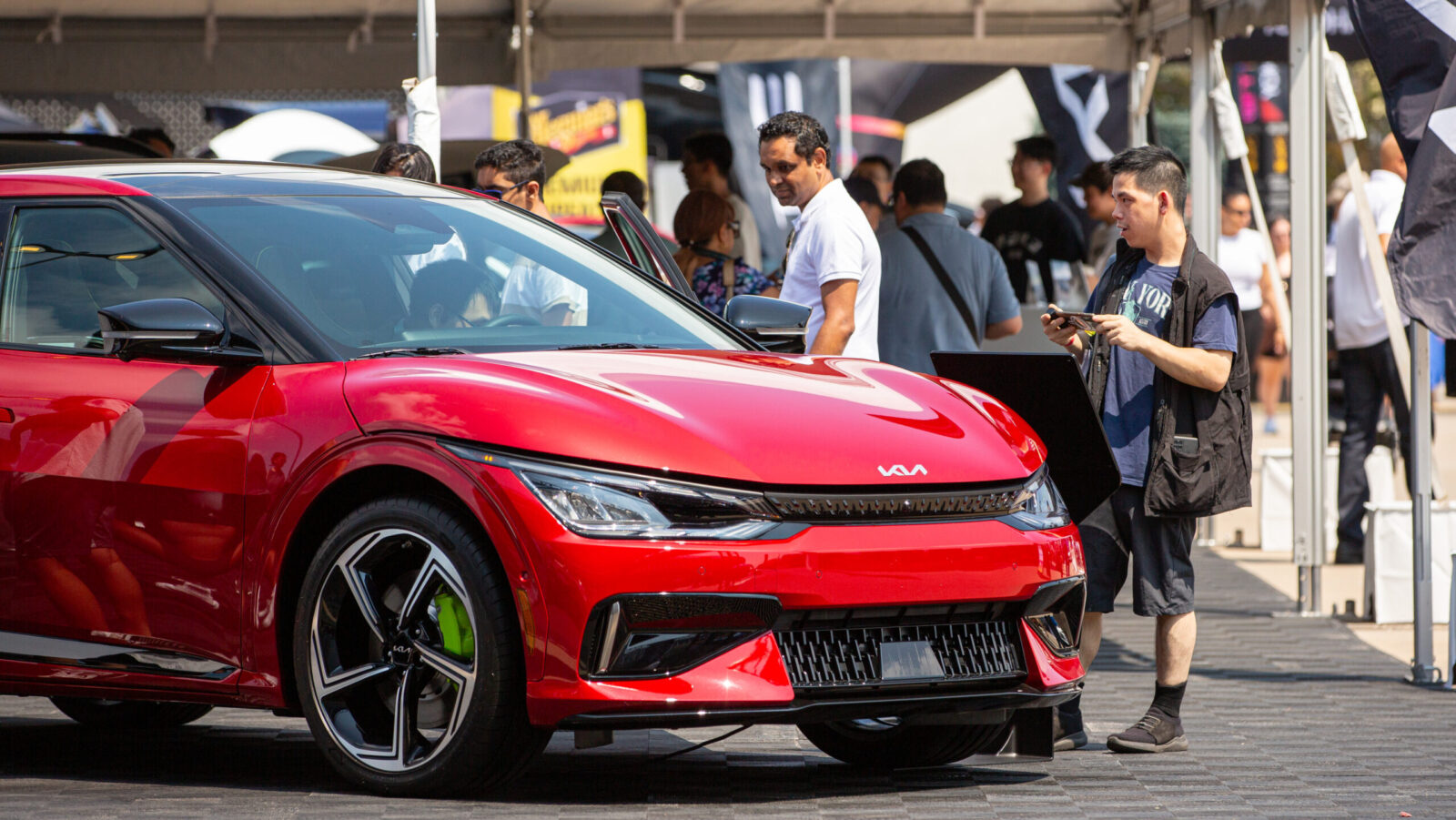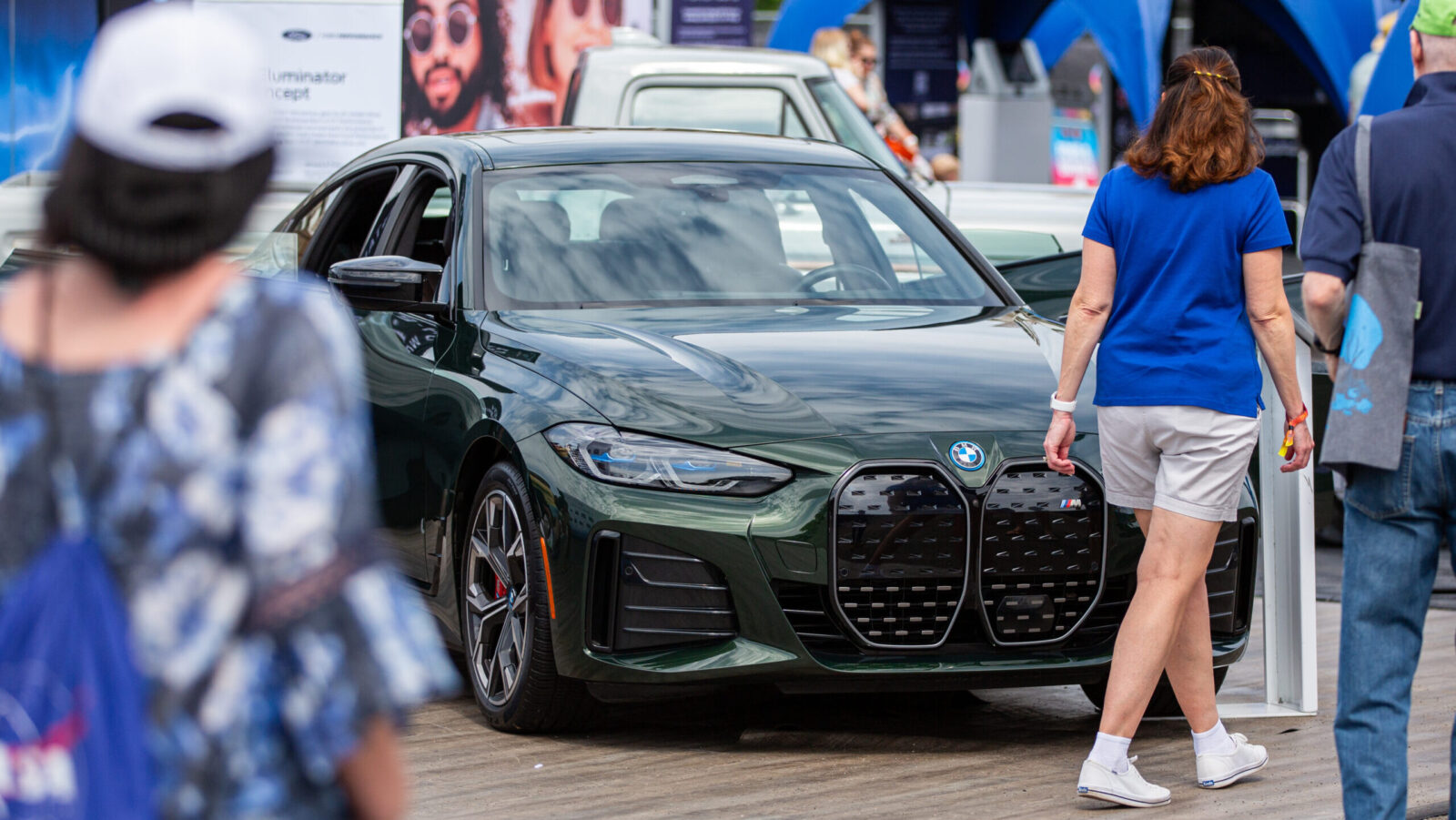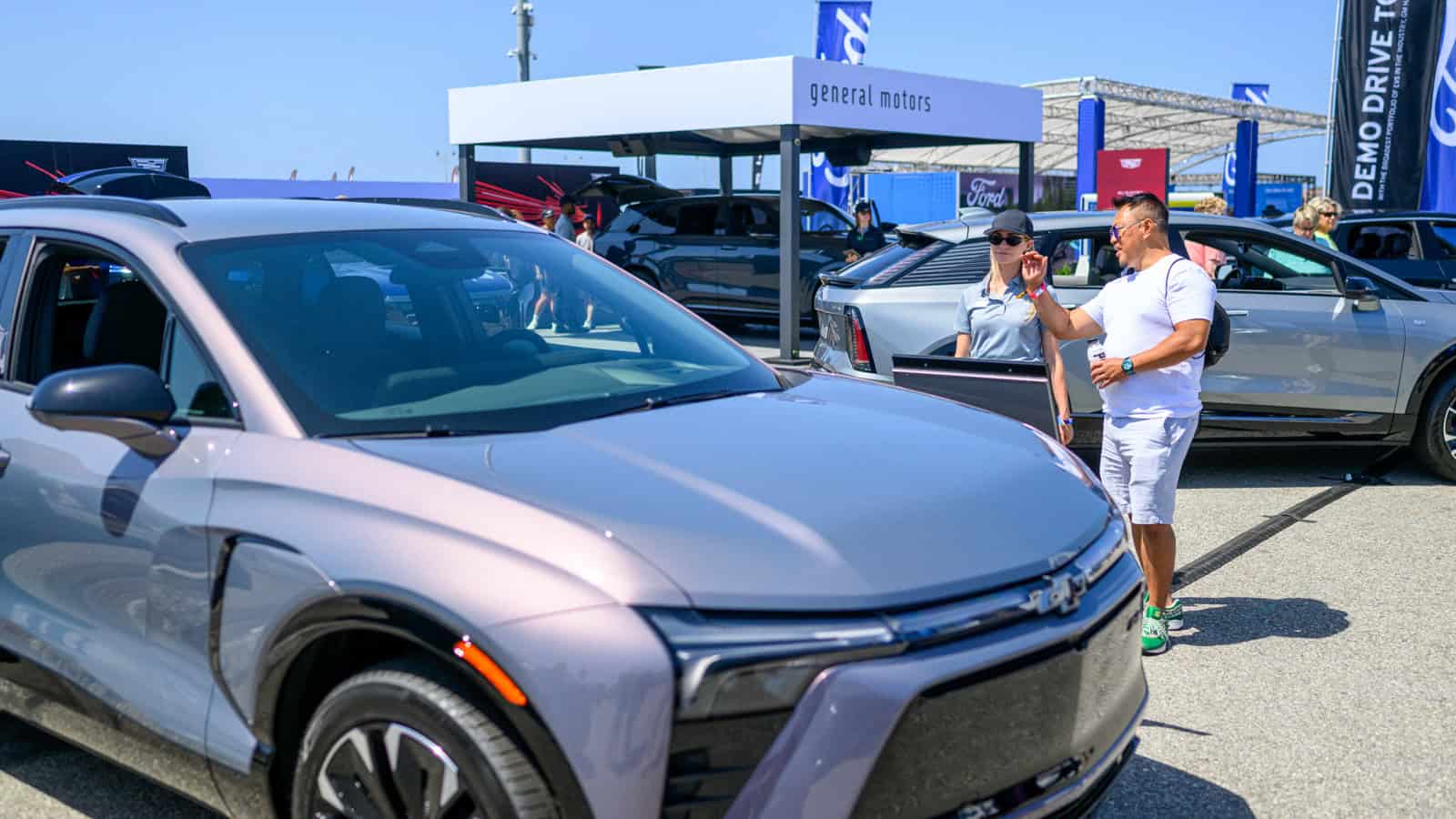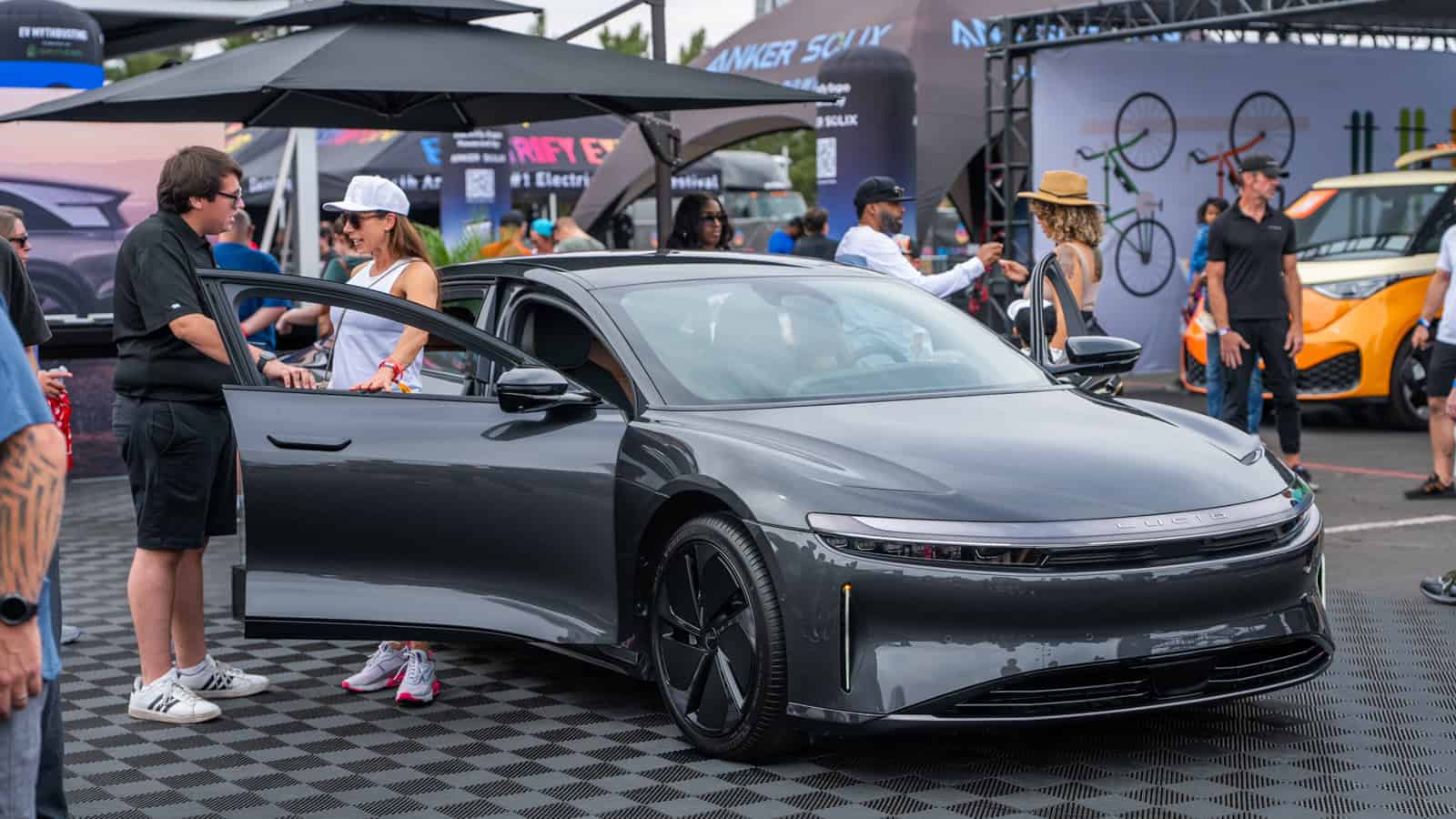- Naxtra sodium-ion batteries offer 500 km (323 miles) range and 10,000+ cycles.
- Shenxing battery adds 520 km range in just 5 minutes.
- Freevoy Dual-Power Battery achieves up to 1,500 km range.
ADVERTISEMENT
What if everything you’ve heard about EVs being “not practical” was flat wrong?
Not just outdated, but flat out wrong. Price, range, charging time – those old complaints don’t hold up anymore. And the latest news from CATL should make anyone still clinging to gas stop and think. This is not some experimental tech buried in a lab. These batteries are made for everyday drivers. For real-world vehicles. And they’re ready to work.
First, let’s talk about the Naxtra sodium-ion battery. Unlike traditional lithium-ion batteries, sodium-ion batteries utilize abundant and cost-effective sodium, reducing reliance on scarce lithium resources.
The Naxtra battery features an energy density of 175 Wh/kg, comparable to lithium iron phosphate (LFP) batteries, and offers a range of up to 500 km (341 miles) on a single charge.
It performs exceptionally well in extreme temperatures, retaining 90% capacity at -40°C, and supports over 10,000 charge cycles, significantly lowering maintenance costs.
ADVERTISEMENT
So who does this serve? Think delivery fleets in places like Minnesota, long-haul trucks crossing Colorado, or even rural mail carriers. Vehicles that idle. Vehicles that face snow, ice, and long days.
The Naxtra 24V version is made for heavy-duty commercial trucks. Deep discharges. One-click starting at -40°C. Even after sitting idle for a year. Eight years of service. And a 61% drop in lifecycle cost compared to lead-acid batteries. That’s hard math to ignore.
For passenger vehicles, Naxtra flips the script for those who thought EVs couldn’t handle real-world cold. And because it offers over 10,000 cycles, it keeps long-term ownership costs low. Less maintenance. Fewer replacements. That question ‘how long do EV batteries last?’ In this case, longer than most cars.
ADVERTISEMENT
Then comes the Shenxing. CATL’s second-generation superfast charging battery. Built on LFP chemistry. What makes it different? It takes just five minutes to add 520 kilometers (323 miles) of range. That’s 2.5 kilometers per second. Grab coffee and your car’s good for the week. At -10°C, it still gets to 80% in 15 minutes. Double what brands like BYD and Tesla have managed so far.
Think real estate agents bouncing between appointments all day. Think HVAC crews who need to be on the move. Or ride-share drivers in cold climates. Waiting for a charge is dead time. This battery brings it down to a break-length task.
The Freevoy Dual-Power Battery takes a different approach. Instead of relying on a single chemistry to do everything, it uses two independent energy zones within the same pack. This isn’t a technical detail tucked away in a brochure. It directly affects how electric vehicles perform in daily life.
For everyday use, like commuting, errands, and the regular back-and-forth, the primary energy zone is tuned for efficiency and reliability. It handles the school drop-offs, grocery stops, and office runs with consistency.
The second zone is built to handle longer drives. Think weekend road trips, out-of-town visits, and cross-state travel. The two zones work together, giving drivers a system that adjusts to their lifestyle, not the other way around.
In practice, that means someone in a compact SUV commuting daily and then driving five hours to see family won’t feel range anxiety, or have to overbuy battery capacity they only need twice a month.
ADVERTISEMENT
With the sodium-LFP combo, drivers benefit from strong performance in extreme temperatures and the ability to travel longer distances without compromise. When combined with CATL’s self-forming anode technology, which increases volumetric energy density by 60% and gravimetric density by 50%, the result delivers real-world improvements.
Not just lab-tested numbers. Practical gains you can actually feel on the road.
Then there’s the LFP-LFP setup. Combine CATL’s fast-charging Shenxing with their high-capacity LFP self-forming cells, and you get 1,000 km (621 miles) in sedans with a 3-meter (10-foot) wheelbase. Think families, business travelers, or sales reps clocking miles. These drivers don’t have time for frequent fill-ups, or excuses.
Now, for the power-hungry. CATL’s NCM-LFP and NCM-NCM Dual-Power configurations aren’t for everyone. But for high-performance applications? They’re serious. That’s 1.3 MW peak output. Even when the battery is down to 20% state-of-charge, it still delivers over 600 kW. For fleet operators, larger SUVs, or vehicles being prepped for L3 or L4 autonomy, this matters.
That level of consistency goes far beyond technical specs. It provides the kind of safety and predictability drivers count on, especially under pressure.
CATL is no longer designing batteries based on what chemistry can offer. They’re designing based on what users need, and then making the chemistry work for them. That flips the whole game. No more one-size-fits-all. Different vehicles. Different climates. Different expectations.
So next time you hear someone say EVs cost too much, or take too long to plug in, or won’t go far enough, ask them when they last updated that opinion. Because the data moved on.
ADVERTISEMENT

IMAGES: CATL
FTC: We use income-earning auto affiliate links. Learn more.


